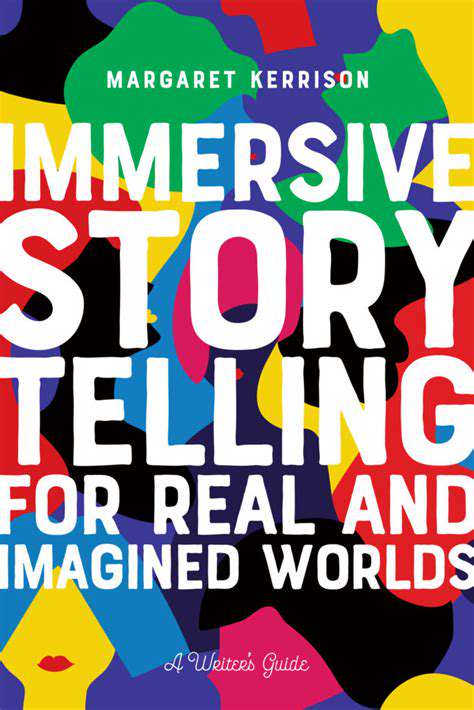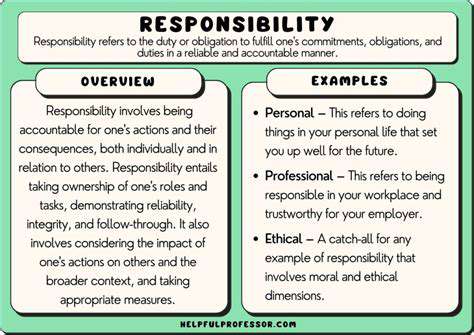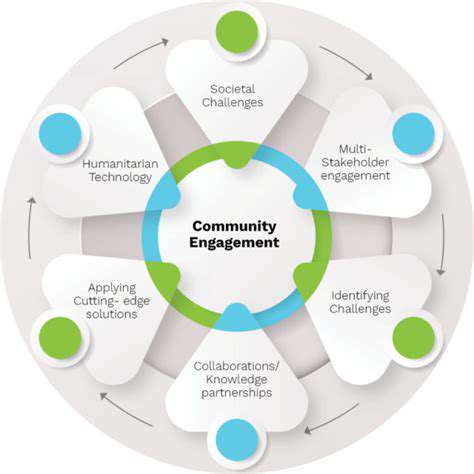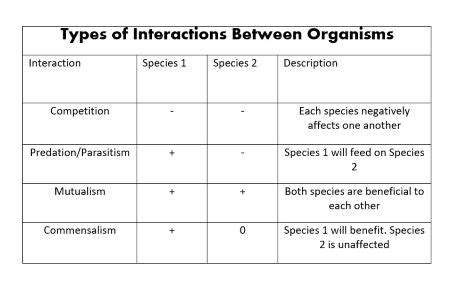Zoo Animal Care: Behind the Scenes
Beyond the Concrete Walls: Fostering Natural Behaviors
Zoo environments are more than just enclosures; they are carefully crafted habitats designed to mimic the natural landscapes and social structures of the animals they house. This goes far beyond simply providing space. It involves meticulous research into the specific needs of each species, from the type and arrangement of vegetation to the provision of appropriate substrates and environmental enrichment items. For example, a primate enclosure might include climbing structures, branches, and even interactive puzzles to encourage natural behaviors like foraging and exploration, mirroring the complex social dynamics of their wild counterparts. This approach to care contributes significantly to the animals' physical and mental well-being.
By offering stimulating and engaging environments, zoos are actively promoting species-specific behaviors. This is crucial for maintaining the animals' health and happiness. The absence of natural behaviors can lead to stress, boredom, and even health issues. Enrichment programs are tailored to each individual animal, considering their age, temperament, and specific needs, allowing for a more holistic and effective approach to animal care.
The Importance of Social Structures
Many species thrive in social groups. Zookeepers carefully observe and manage these social dynamics, ensuring that the appropriate number and types of animals are housed together. This is especially important for species that naturally live in herds, packs, or complex social structures. Maintaining a balance within these groups is crucial for minimizing stress and promoting positive interactions.
Replicating aspects of natural social structures, such as dominance hierarchies and communication patterns, is an important part of zoo animal care. Careful observation allows keepers to intervene when necessary to prevent conflicts or address any imbalances within the group. This proactive approach to social management helps to create a more enriching and less stressful environment for the animals.
Enrichment Beyond the Obvious
Enrichment isn't limited to physical objects. It encompasses a wide range of stimuli, including auditory and olfactory experiences. The introduction of novel smells, sounds, and even different textures can provide valuable stimulation and encourage natural behaviors. For instance, providing various types of food, presented in unconventional ways, can challenge an animal's natural foraging instincts. These subtle additions can significantly improve an animal's quality of life.
The Role of Observation and Data Collection
Zookeepers are not just caretakers; they are also meticulous observers. They meticulously document the animals' behaviors, noting any changes in activity levels, social interactions, and overall well-being. This data collection is crucial for understanding the animals' responses to different enrichment strategies. It helps fine-tune the care plan and ensure that the environment remains optimal for the animals.
Regular data analysis allows zookeepers to identify patterns and trends in animal behavior. This leads to adjustments in the enrichment programs, continually improving the animals' experience. This approach to data-driven care demonstrates a commitment to providing the best possible care for the animals, based on scientific observation and evidence-based practices. It's a continuous cycle of learning and refinement.
Maintaining a Safe and Healthy Environment
Beyond enrichment, maintaining a safe and healthy environment is paramount. This includes ensuring clean and well-maintained enclosures, providing access to fresh water and appropriate diets, and consistently monitoring the animals' health. Veterinary care is an integral part of zoo animal care, and proactive health monitoring is essential for early detection and treatment of potential issues.
Regular veterinary check-ups, preventative medicine, and prompt intervention in case of illness or injury are critical components of responsible zoo animal care. A robust veterinary program, combined with a commitment to environmental enrichment, creates a holistic approach to ensuring the long-term health and well-being of the animals under our care.

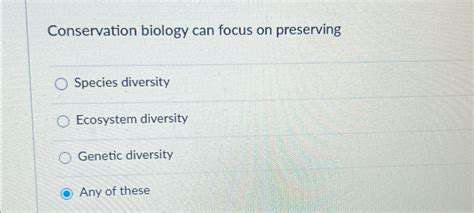
Read more about Zoo Animal Care: Behind the Scenes
Hot Recommendations
- Immersive Culinary Arts: Exploring Digital Flavors
- The Business of Fan Funded Projects in Entertainment
- Real Time AI Powered Dialogue Generation in Games
- Legal Challenges in User Generated Content Disclaimers
- Fan Fiction to Screenplays: User Driven Adaptation
- The Evolution of User Driven Media into Global Entertainment
- The Ethics of AI in Copyright Protection
- Building Immersive Narratives for Corporate Training
- The Impact of AI on Music Discovery Platforms
- AI for Audience Analytics and Personalized Content
